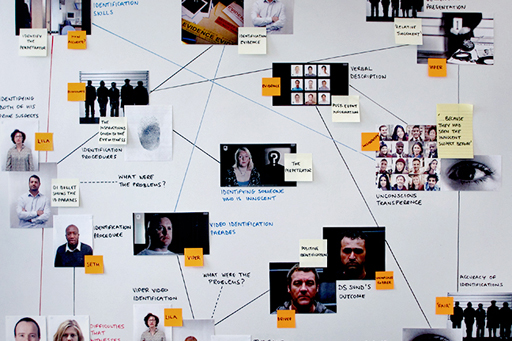6 Summary of Week 6

This week you have explored eyewitness identification, and seen how the instructions, procedures and structure of ID parades can have a dramatic effect on the reliability of the evidence obtained.
Although they are investigating the same crime and relying on the same two witnesses, DI Bullet and DS Sund have ended up arresting completely different suspects who were then identified by the witnesses. The worrying thing is that the techniques used by DI Bullet do not appear unreasonable. He has not fabricated evidence, bribed witnesses or used unscrupulous informants. In addition, the case he has built looks more compelling than that of DS Sund, as he has positive identifications from both his witnesses, and their testimonies are remarkably consistent. It is only once the psychology involved is considered, that his approach begins to look very problematic indeed.
In contrast, DS Sund has used techniques based on the results of psychological research and that seek to avoid biasing or contaminating the memories of the two witnesses. In addition, DS Sund approached the investigation with an open mind and followed the evidence, unlike DI Bullet who formed an initial impression and then tried to obtain evidence to prove he was right.
Next week, you will see exactly what happened in the armed robbery and who the perpetrators were. Who will prove to have the more accurate case, DI Bullet or DS Sund? You will also find out how well the Greater Manchester Police managed to solve the case, and be able to compare your own solution to theirs.
You can now go to Week 7 [Tip: hold Ctrl and click a link to open it in a new tab. (Hide tip)] .
